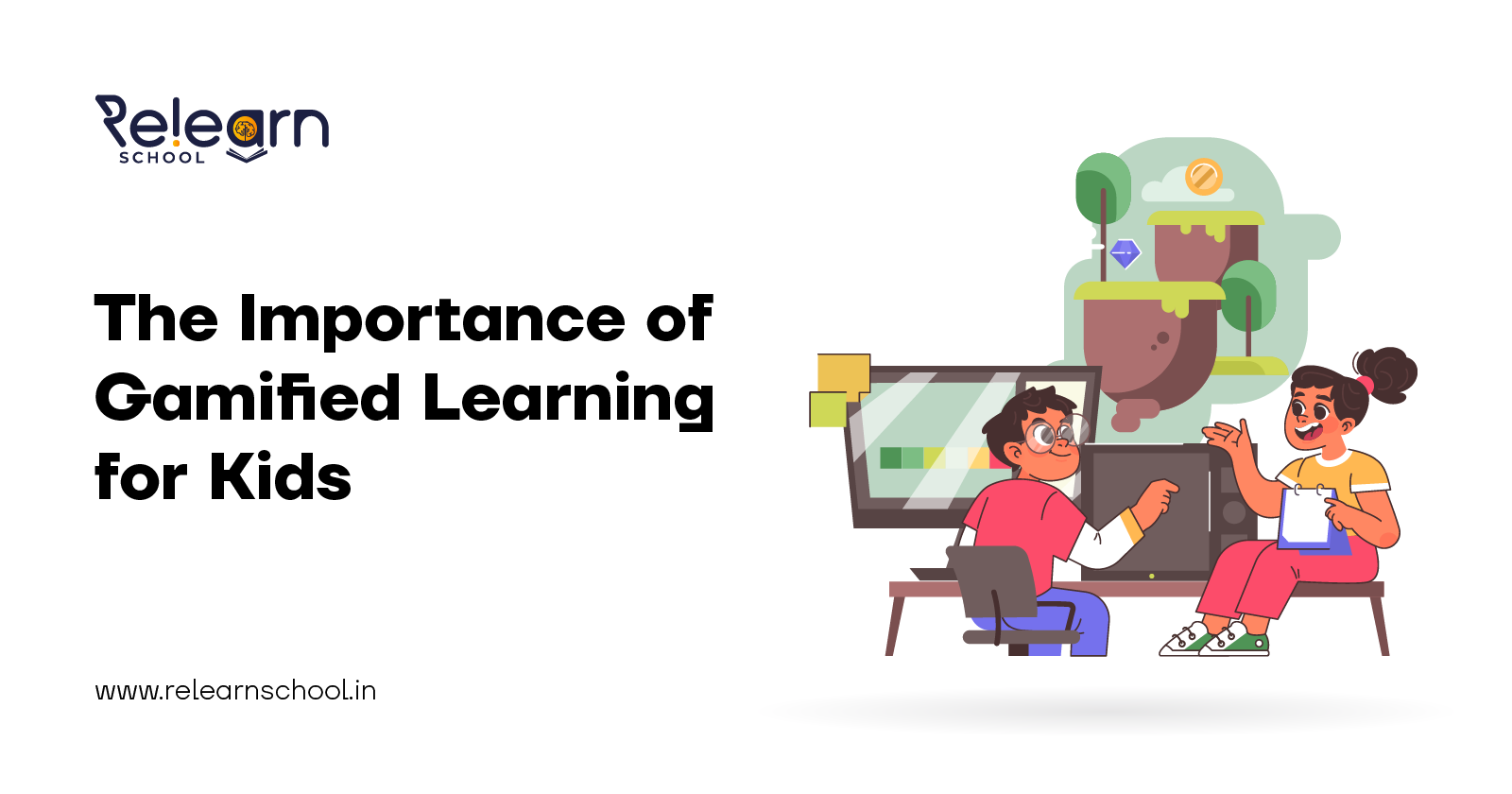The Importance of Gamified Learning for Kids in 2023
 Arun R
Arun R
Education is changing in the digital age as creative methods are used to captivate young minds. Gamified learning is one such effective strategy that has experienced tremendous success. According to recent data, more than 70% of teachers think that gamified learning improves learning outcomes by increasing student engagement and motivation. This shows that gamified learning's potential to revolutionise education is becoming more widely acknowledged.
What is Gamified Learning?
Gamified learning refers to incorporating game mechanics and elements into educational content. It applies the same concepts competition, rewards, and challenge that make games fun to the learning process. With this strategy, learning becomes more enjoyable and less like work because it appeals to children's natural curiosity and competitiveness. Gamified learning turns complex subjects into thrilling quests through interactive quizzes, simulations, and quests.
Benefits of Gamified Learning for Kids
Enhanced Engagement:
Traditional teaching techniques frequently have trouble keeping kids' attention. Gamified learning, on the other hand, takes advantage of kids' fascination with games to keep them engaged in the learning process. Games keep them engaged and curious to explore, thanks to their interactive and dynamic nature.
Personalized Learning:
Every child learns uniquely. Platforms for gamified learning can adjust to the pace and learning preferences of each student. This individualised approach avoids the frustration of falling behind or boredom from moving too slowly by ensuring that kids fully understand concepts before moving on.
Instant Feedback:
Instantaneous feedback from games helps players improve their performance and reinforce good behaviour. This immediate gratification fosters a sense of accomplishment, boosting kids' self-esteem and motivating them to keep going in the face of difficulties.
Critical Thinking:
Thinking strategically and solving problems is essential in many games. This promotes critical thinking, situational analysis, and decision-making in kids regarding learning. Not only in the classroom but also in everyday life, these abilities are essential.
Collaboration and Competition:
Gamified learning frequently entails collaboration and friendly competition. Children develop social skills by working together, communicating, and working in groups. Additionally, healthy competition encourages them to succeed and lays the groundwork for healthy ambition.
Long-term Retention:
Gamified learning techniques increase the likelihood that concepts will be retained in the long run. Games have a lasting effect on memory due to the emotional investment and immersive experience they produce, which makes learning more enduring.
Conclusion:
Gamified learning has demonstrated its effectiveness as a potent tool for improving education. Infusing excitement and engagement into the learning process is possible for educators by taking advantage of the inherent allure of games. It is critical to modify instruction to meet the changing needs and preferences of young learners as we advance into a more digitally connected world. Gamified learning offers a comprehensive and successful strategy for developing young minds by serving as a link between conventional teaching techniques and the captivating world of online games. Gamified learning has the potential to produce lifelong learners who are enthusiastic as well as knowledgeable.
Subscribe to my newsletter
Read articles from Arun R directly inside your inbox. Subscribe to the newsletter, and don't miss out.
Written by
